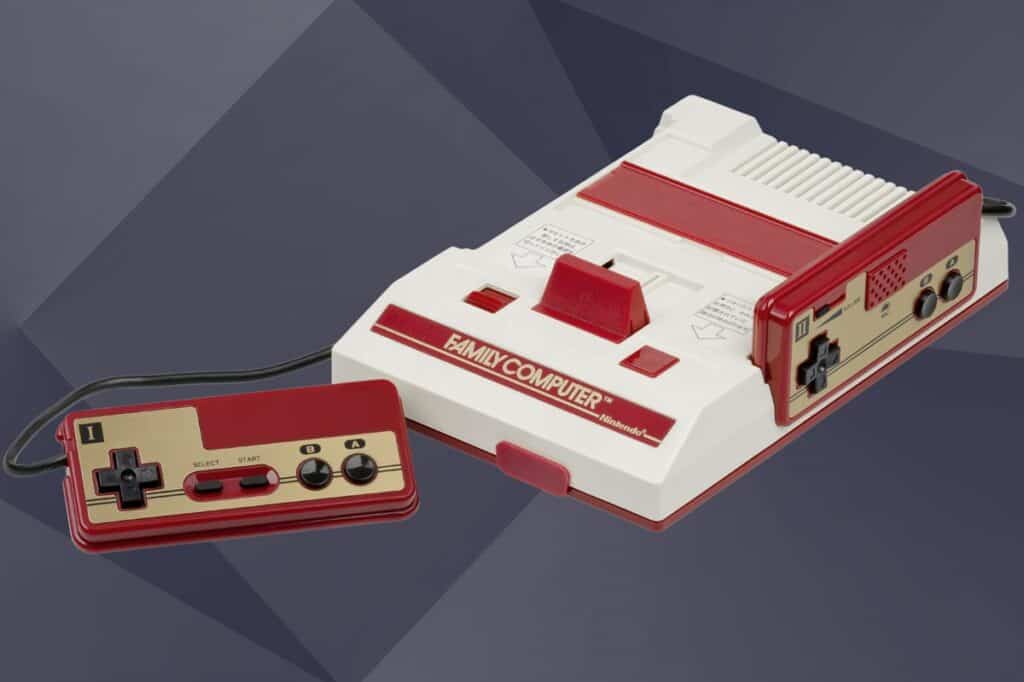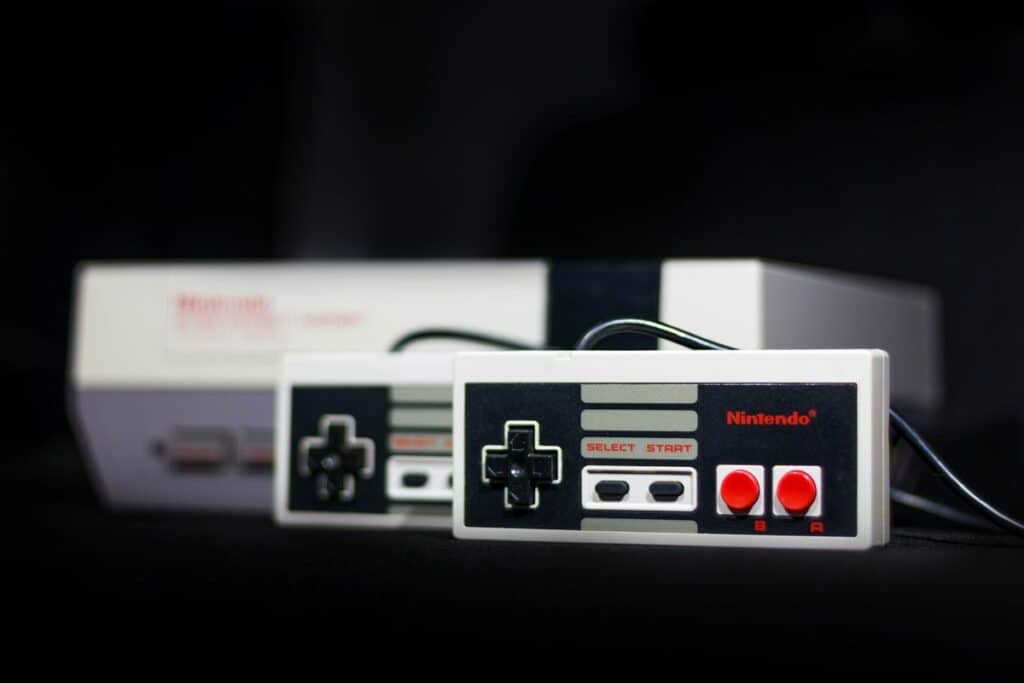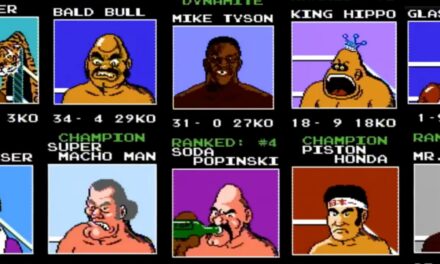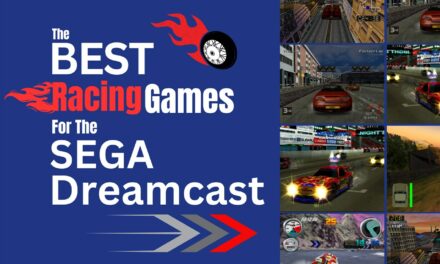The NES and Famicom, short for Nintendo Entertainment System and Family Computer respectively, are two classic gaming consoles that are often mentioned in the same breath. While both were produced by the industry giant Nintendo and share many similarities, there are some differences between the two that often lead to confusion for both retro gamers and collectors alike.
In today’s post, I aim to clear up any confusion by exploring some of the key differences between the NES and Famicom.
Join me as we take a brief look at the history and development of both consoles, compare their respective designs and hardware configurations, and examine if there are unique gameplay experiences available on each system.
By the end of the post, you should have a better understanding of the NES vs. Famicom relationship, so let’s get started.
NES vs. Famicom Are They The Same?
If you’re curious about the differences between the NES and the Japanese Famicom, the short answer is that they are both names for the same gaming console produced by Nintendo. However, leaving it at that would do a disservice to both systems because there are a few essential hardware and game differences worth noting.

History and Development
The Famicom was the first of the two that was released, with an official launch in Japan in 1983, and quickly became a commercial success. However, when Nintendo attempted to launch the Famicom in American markets, it faced a slew of setbacks that prevented a successful launch.
Nintendo’s solution was a stroke of genius marketing rebranding. That is how the Famicom transformed into what Western audiences came to know as the NES in 1985. The strategy proved highly successful and the NES went on to become one of the best-selling consoles of all time.
Design and Hardware
It is important to note that when the NES arrived in US stores, it wasn’t just a repackaged Famicom. The design and hardware of both machines differed in several small, yet significant ways.
For example, the original Famicom design was smaller and more compact than the eventual NES design, with hardwired controllers into the console itself. Speaking of the Famicom controllers, they also featured built-in microphones, which were used in a few games and which were missing from the NES controllers.
The Famicom cartridges were also smaller and had a different shape than those used for the American NES.
On the other hand, the NES had a boxier design and featured detachable controllers with a slightly different button layout.
The NES cartridges were larger, had a rectangular shape, and featured an anti-piracy “lockout” chip to prevent unauthorized video game cartridges from being played on the console. This security feature was absent in the Japanese Famicom.
There difference in game cartridge size and connector used means that the games are not cross-platform compatible without attaching a special adapter that will allow you to fit Famicom games into an original NES slot.
Games and Gameplay
Speaking of games and gameplay, to the chagrin of many American Nintendo fans, many Famicom games were released exclusively for the Japanese market and the Japanese console, never making it to the NES in North America.
Likewise, some later NES games were released exclusively for the North American market and were never retroactively released on the Japanese Famicom.
Thankfully, some of the best video games developed by Nintendo at the time were released on both consoles. Such titles included Super Mario Bros, The Legend of Zelda, and Metroid.
Nevertheless, the basic gameplay experience was the same on both platforms, albeit with some minor differences resulting from the different controllers and button layouts.

The Legacy and Impact Of The Nintendo Famicom And NES
Both the NES and Famicom had a long-lasting impact on the gaming industry and on American and Japanese popular culture.
Both systems helped to popularize home console gaming and paved the way for the eventual development and future popularity of gaming systems to come.
Their influence can still be seen today in the popularity of retro gaming and the continued popularity of Nintendo’s main franchises, Super Mario and The Legend of Zelda.
In conclusion, while the NES and Famicom are technically the same consoles internally, there are some important differences between the two that are worth noting, including their development and marketing, as well as hardware design and the offer of unique software/gameplay experiences.
Regardless of which side you fall on in the NES vs Famicom debate, there’s no denying the lasting impact that both consoles had on the gaming industry and popular culture as a whole.










